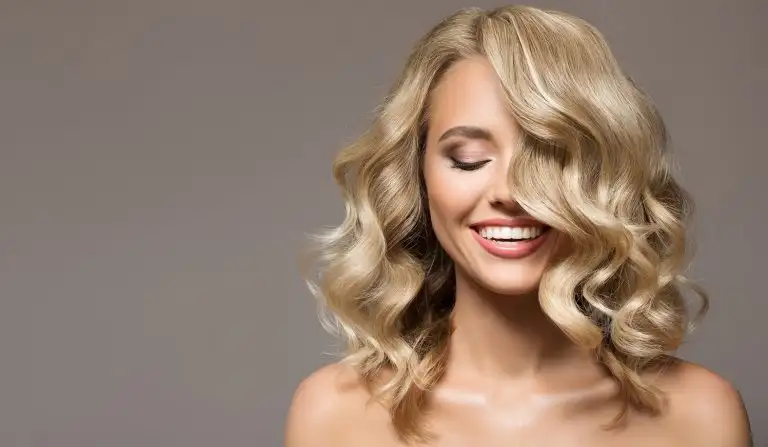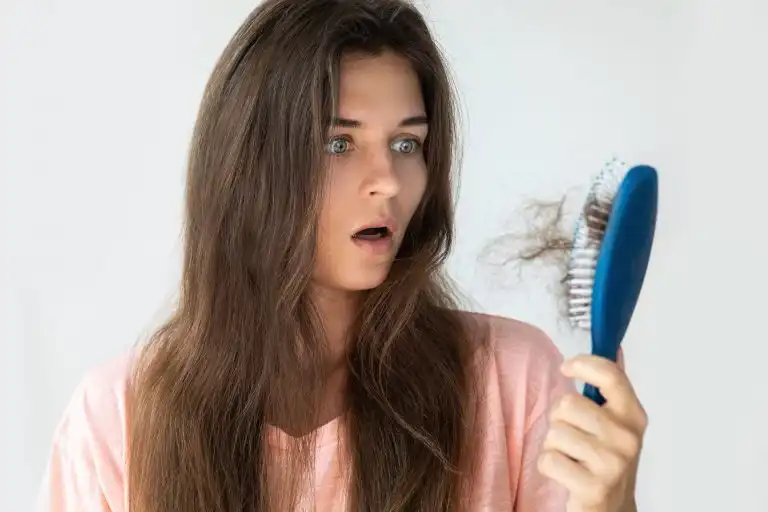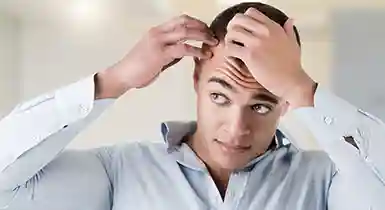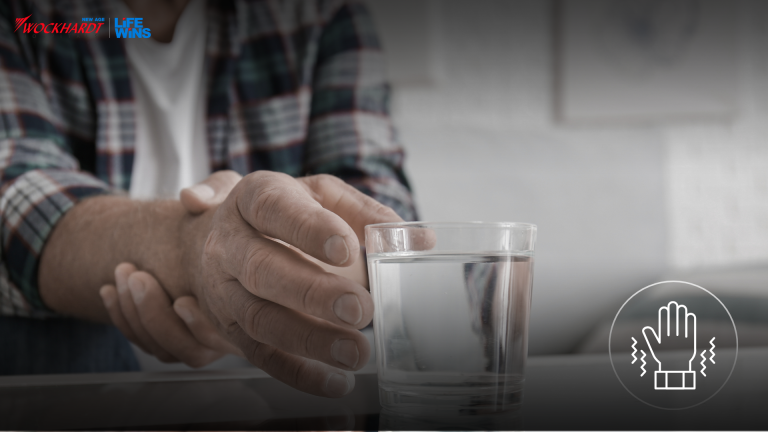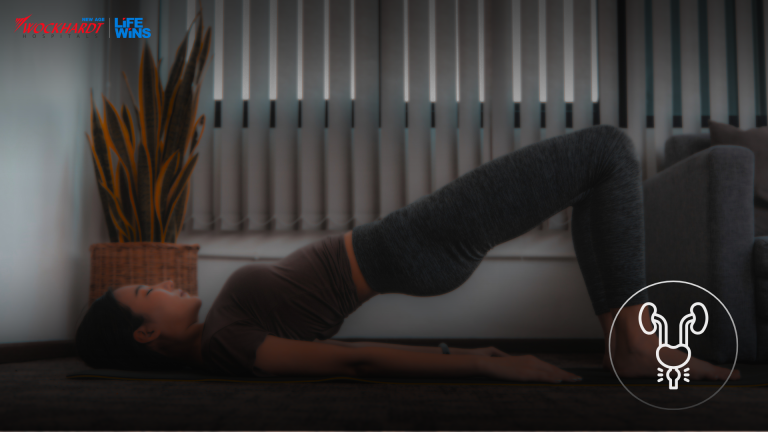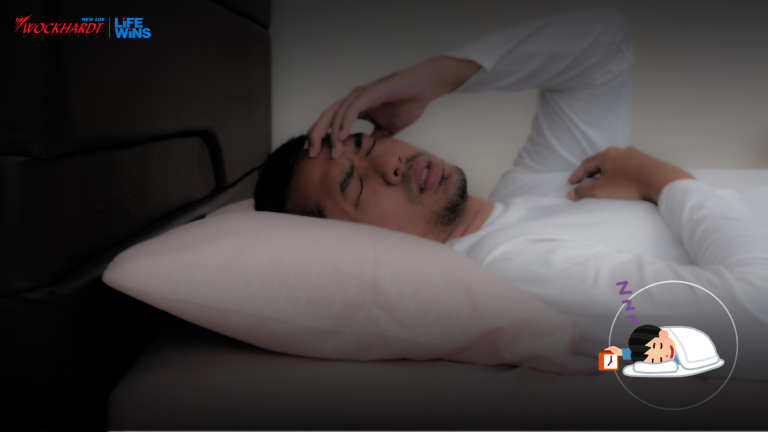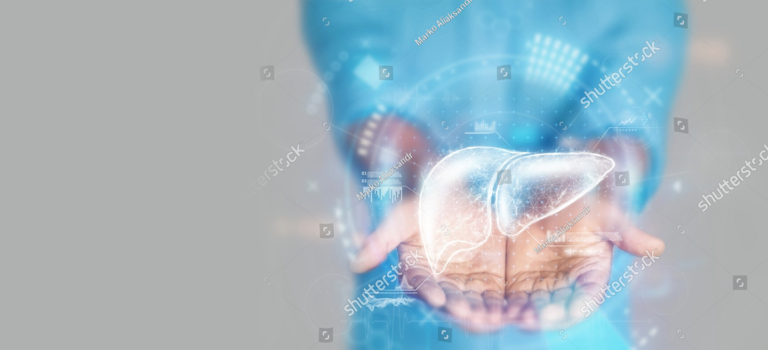Very few people have the same kind of hair from root-to-tip. Here’s what to do if you’re looking for tailored solutions that work for your unique needs.
If your hair is parched or super greasy, finding the right products to mattify, moisturize or balance are easy to pick off a shelf. But if you find your scalp oily and your ends parched, dull, and prone to breakage, it can be harder to narrow down on the right routine. We spoke to two experts for their take on what you can do.
1) Find the right shampoo
What you need is a shampoo that is gentle on your strands, yet effective enough to clean the scalp. “Combination hair is usually the result of the sebum not being able to travel down the length of the hair from the root; so the scalp remains too oily and the hair ends appear dry and brittle,” says hairstylist Daniel Bauer. You want to choose a shampoo that contains ingredients like clay to mop up excess oil, lactic acid to slough away dead skin on the scalp as well as moisturizers like glycerin and dimethicone. “Look for ingredients like salicylic acid and tea tree oil in your shampoo to tackle the greasiness,” says Dr. Madhulika Mhatre, consultant dermatology, Wockhardt Hospital.
2) Change your shampooing tactic
Wash your hair less than you think. Over-washing—especially to get rid of the oil slick—doesn’t help, because it causes the scalp’s sebum production to actually go into overdrive thanks to harsh astringents. Bauer suggests going between blowouts by spritzing on dry shampoo. When you do wash your hair, “direct the shampoo more on your scalp and use a diluted version on the hair strands as you need maximum action at the root and less at the tips,” says Dr. Mhatre.
3) Don’t forget to condition your hair
Conditioner—a product that contains emollients, silicones, and oils—is important as it smooths the hair, closes the cuticles, and replenishes the hair’s moisture after it is stripped from shampooing. Dr. Mhatre says that conditioning every single time you shampoo is a must-do. Squeeze some of the water out of strands after shampooing it, as excess water dilutes the products and prevents it from soaking up the beneficial ingredients. Apply in long, fluid motions from the mid-lengths to the ends, and leave on for two minutes, she confirms.
4) Try a deep-conditioning treatment
Mhatre suggests the application of coconut oil, but only on the strands (and not the scalp and roots). “Coconut oil can penetrate the hair shaft and repair it from within. All you need are four to six drops, rub it between your palms and apply over the lengths of the hair shaft. Use it like how you would a serum,” explains Dr. Mhatre. Then rinse after leaving it on for 20-30 minutes.
5) Use heat tools judiciously
Blow-drying your hair on a high heat setting can actually worsen both conditions—the heat can dry out the ends and rev up oil production on the scalp. To prevent this, using a heat protector is important. Plus, experts suggest using moisturizing products only on the bottom half, and preemptively spritzing the scalp with a dry shampoo or texturizer before you style.
6) Brush your hair
“Use a soft bristle comb to safely and gently brush through your hair,” says Bauer. This will help take some of the softening and shine-boosting sebum down the shaft from the scalp down to the ends. This allows for a more balanced distribution of oil.
Source: https://www.vogue.in/beauty/content/hair-care-tips-for-combination-hair-if-you-have-dry-ends-and-an-oily-scalp
